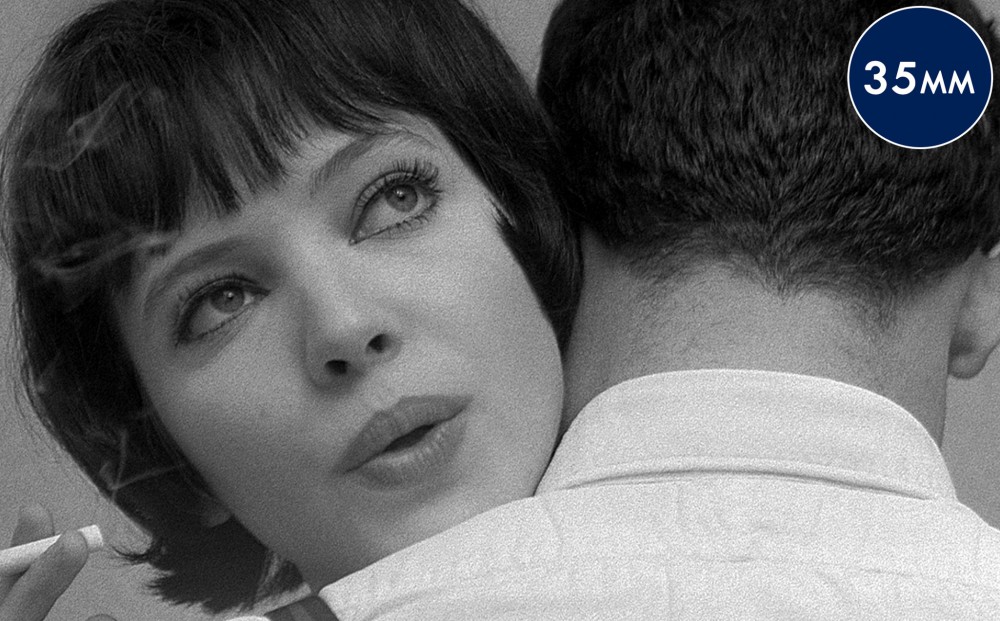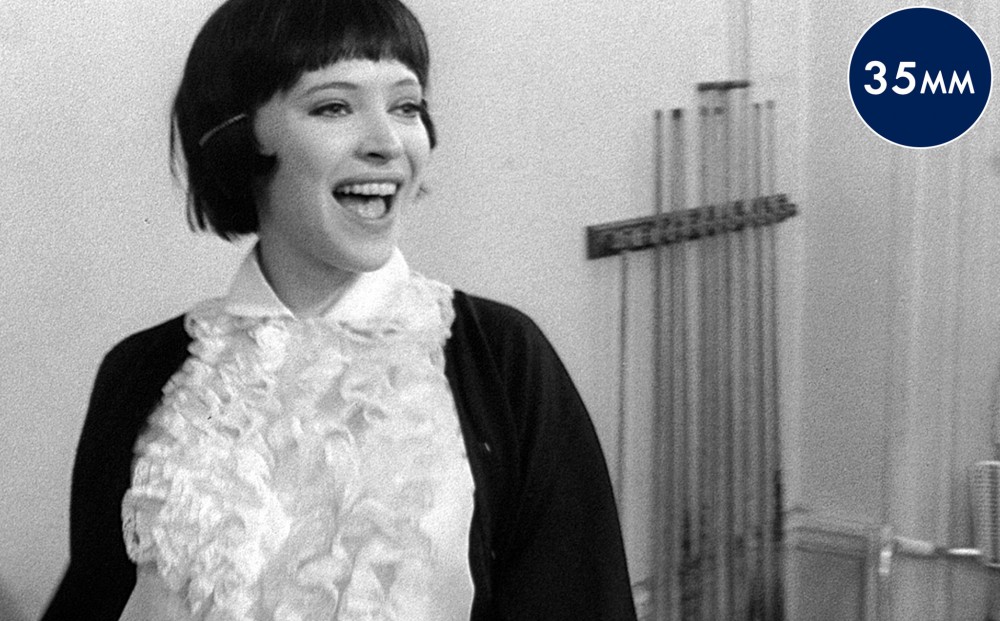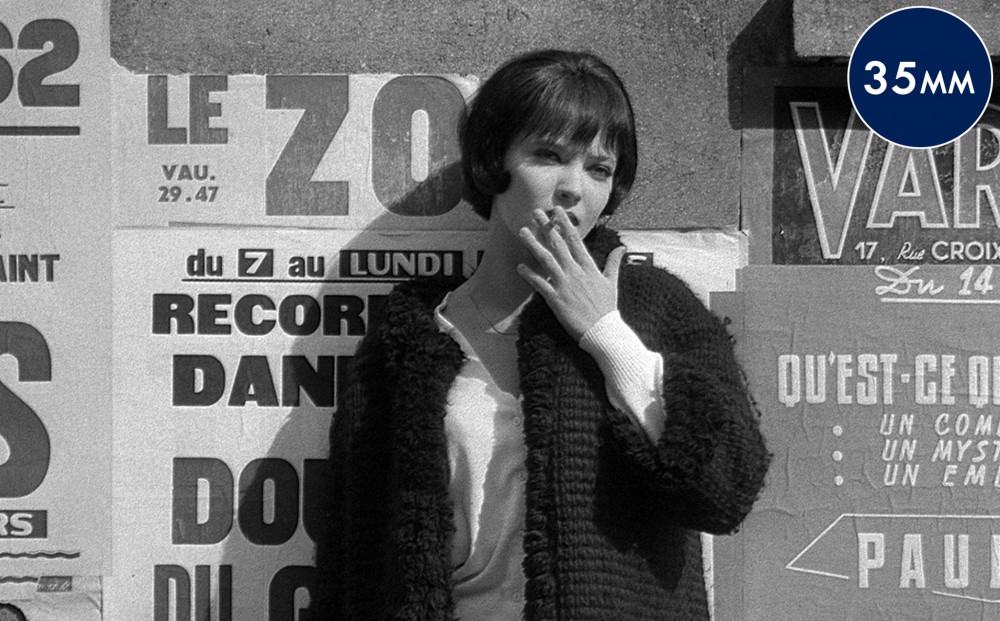VIVRE SA VIE
4:15
Saturday, January 25
(1962, Jean-Luc Godard) As that vital 2000 francs proves elusive, and an ill-placed foot gets her in trouble with les flics, record store clerk and would-be actress Anna Karina slides almost inevitably onto the game. An old and simple story, too often descending into the maudlin – but not here, as Godard’s detached, objective treatment, while also a “passionate celluloid love-letter” to his then-wife/muse, brings a Brechtian quality to an almost case study of prostitution, while attaining its own kind of pathos. From the initial breakup, shot solely from behind the participants in a bar; to the tear-stained viewing of Dreyer’s Passion of Joan of Arc; to the equally tear-stained interview with a cop; to the awkward, painful encounter with that first customer; to the voiceover of FAQs while a montage of day-to-day routine unreels; Godard’s elliptical style finds beauty in the banal via the pearly grays of the great Raoul Coutard’s camerawork. With some typically eccentric asides: the by-hand height measurement (metrically converted, Karina is 5’6½“); a test on how to tell a lady from a tramp; a drive past an endless queue to see Jules and Jim; Karina’s café discussion with an elderly man (distinguished real-life philosopher Brice Parain) that ranges from Dumas to Plato to le mot juste to German philosophy; and the legendary exuberant dance around the trying-to-concentrate billiards player. 35mm. Approx. 83 min.
Reviews
“A perfect film. One of the most extraordinary, beautiful, and original works of art that I know of.”
– Susan Sontag
“The camera by its discipline discourages us from interpreting Nana’s life in a melodramatic way… Curious, then, how moving Anna Karina makes Nana. She waits, she drinks, she smokes, she walks the streets, she makes some money, she turns herself over to the first pimp she meets, she gives up control of her life… The effect is astonishing. It is clear, astringent, unsentimental, abrupt. Then it is over. It was her life to live.”
– Roger Ebert
“Starts out as a documentary on prostitution, ending as a Monogram B movie… [Its] true subject [is] the enigmatic beauty and troubling presence of Karina, and the mystery of Godard’s own passionate involvement with her.”
– Tom Milne, Time Out (London)
“Even its colder, more existentialist moments are possessed of considerable emotion. There’s a passion there that’s hard to define except in terms of superb, totally fluid and, for the time, completely original and audacious filmmaking… Only Godard could have made this.”
– Derek Malcolm, The Guardian
“Godard’s most classically tragic film [and] one that has had the greatest practical influence on the subsequent history of cinema.”
– Richard Brody
“The best films open doors, they support our impression that cinema begins and begins again with them. Vivre Sa Vie is one of those films.”
– François Truffaut



